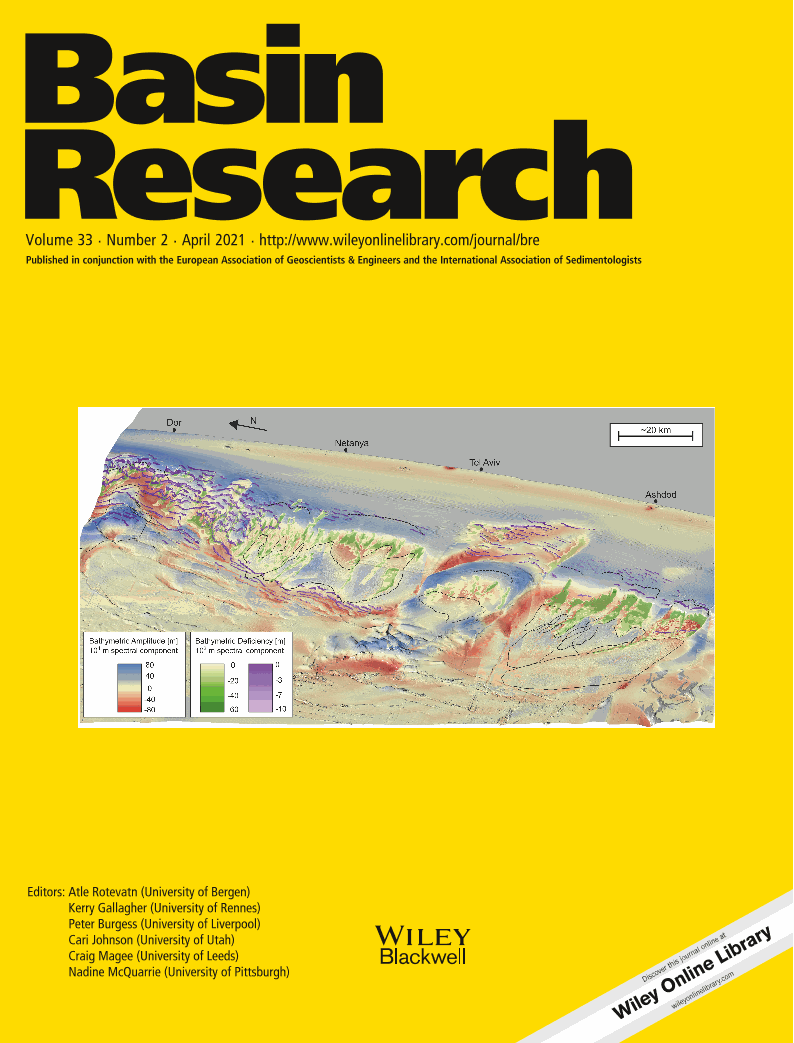
Full text loading...
 , Filipe Rosas2
, Filipe Rosas2 , João Mata2
, João Mata2 , Patrícia Represas3
, Patrícia Represas3 , Cláudia Escada4, Beatriz Silva5
, Cláudia Escada4, Beatriz Silva5
The combined effects of post‐rift magma emplacement and tectonic inversion on the hyper‐extended West Iberian Margin are unravelled in detail using multichannel 2D/3D seismic data. The Estremadura Spur, acting as an uplifted crustal block bounded by two first‐order transfer zones, shows evidence of four post‐rift tectonic events each with a distinctive seismic‐stratigraphic response that can be used to demonstrate the tectono‐magmatic interplay, namely: (a) the Campanian onset of magmatism (including the Fontanelas Volcano, the widespread evidence of multiple sill complexes and the detailed description of a >20 km long laccolith, the Estremadura Spur Intrusion; (b) the Campanian‐Maastrichtian NE‐SW event pervasively affecting the area, resulting in regional uplift, reverse faulting and folding; (c) the Paleocene‐mid Eocene inversion that resulted in widespread erosion and; (d) the Oligocene‐mid Miocene evidence of rejuvenated NW‐SE inversion marked by crestal faulting and forced‐fault folding establishing the final geometry of the area. The distinct deformation styles within each tectonic phase document a case of decoupled deformation between Late Cretaceous and Tertiary units, in response to the predominant stress field evolution, revealing that the magnitude of Late Cretaceous inversion is far more significant than the one affecting the latter units. A detailed analysis of the laccolith and its overburden demonstrate the distinct deformation patterns associated both with magma ascent (including extensional faulting, forced‐folding and concentric reverse faulting) and its interference as a rigid intrusive body during subsequent transpressive inversion. This reinforces the role that the combined tectono‐magmatic events played on the margin. Also analysed is the wider impact of post‐rift magmatism and the associate emplacement of sub‐lithospheric magma on the rheology of a thinned continental crust. This takes into account the simultaneous tectonic inversion of the margin, the implied alternative views on characteristic heat flow, and on how these can be incorporated in source rock organic maturity modelling.
,The combined effects of multiphase margin inversion and Late Cretaceous magmatism on the Central West Iberian Margin reveals that deformation is decoupled between Cretaceous and Tertiary strata, with a laccolith accommodating significant shortening and acting as a rigid body.

Article metrics loading...

Full text loading...
References


Data & Media loading...

